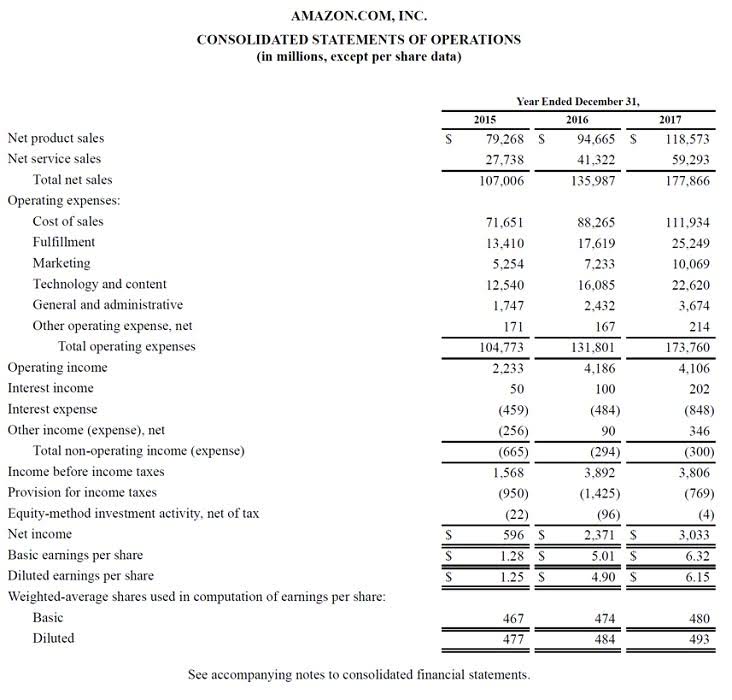
Use Xero accounting software to hop online with your employees, bookkeeper, or accountant – even if you’re on opposite sides of the world. Xero’s cloud accounting software has features and tools to help you run your small business, so you can spend more time doing what you love. Simplify your finances and get more done with Xero online accounting software. Gaining a Xero advisor certification will give you valuable skills that allow you to offer Xero services to clients. Those who complete the course will also be awarded an official certificate that can be promoted by both the individual and the firm. Small businesses, accountants and bookkeepers locally and across the world trust Xero with real estate cash flow their numbers.
- Take care of jobs with the Xero Accounting app and stay productive – from effortlessly tracking your mileage and expenses, to checking outstanding invoices.
- Read these materials to stay up to date with regulatory and other changes around tax and record keeping.
- Simplify your finances and get more done with Xero online accounting software.
- Xero partners receive digital badges when they reach a certain status level, or if their staff have completed Xero certification courses with specialist badges.
- Get help with your financial admin from experts whenever you need it.
Payroll with Gusto
Xero regularly backs up your data and protects it with multiple layers of security. Use online accounting software to automate tasks and simplify your financial admin. With Xero, you can manage cash flow, send invoices, and handle taxes from anywhere—making it easier to stay on top of your business accounting. With your accounting software and data stored in the cloud, you can access your up-to-date accounts anywhere there’s an internet connection.
Automated features to save you time
Wherever you go, the mobile app keeps your small business growing. Send quotes, create invoices, track expenses and manage jobs from the mobile app. Claim expenses, send invoices, and collaborate with your accountant or bookkeeper online.

Collaborate online in real time

Log in anytime, from anywhere, to send invoices, pay bills, and manage your cash flow. Financial admin needn’t pile up while you’re away from your desk. Take care of jobs with the Xero Accounting app and stay productive – from effortlessly tracking your mileage and expenses, to checking outstanding invoices.
Bank connections

Manage your cash flow, track expenses, accept bookkeeping payments online, and much more – all without leaving Xero. Manage your finances, control cash flow and integrate with apps. Xero’s online accounting software is designed to make life easier for small businesses – anywhere, any time.
- Accounting software made for small businesses and sole traders.
- Its automated calculations prevent data entry mistakes, save you time, and make tax season easier.
- We recommend you work with an accountant or bookkeeper, preferably one with Xero experience, when you move to Xero online accounting software in the US.
- Gusto saves you time on all aspects of your payroll – including calculating employee pay and deductions – thanks to its clever automations.
- Keep track of your unpaid and overdue invoices, bank account balances, profit and loss, cash flow, and bills to pay.
- Xero’s online accounting software is designed to make life easier for small businesses – anywhere, any time.
- Share your screen view to discuss a set of numbers, look over a financial report together, and get clear data visualisations.
Access Xero features for 30 days, then decide which plan best suits your business. Explore Xero accounting software and its tools for small businesses, what is xero accountants, and bookkeepers. Stay on top of cash flow, claim expenses, and pay employees online. Automate everyday tasks, track everything in one place, and send invoices online. Apps like PayPal, Vend and Shopify connect seamlessly and sync data with Xero. Xero’s accounting software has flexible plans so you can adjust your subscriptions to access the features you need as your business grows.






